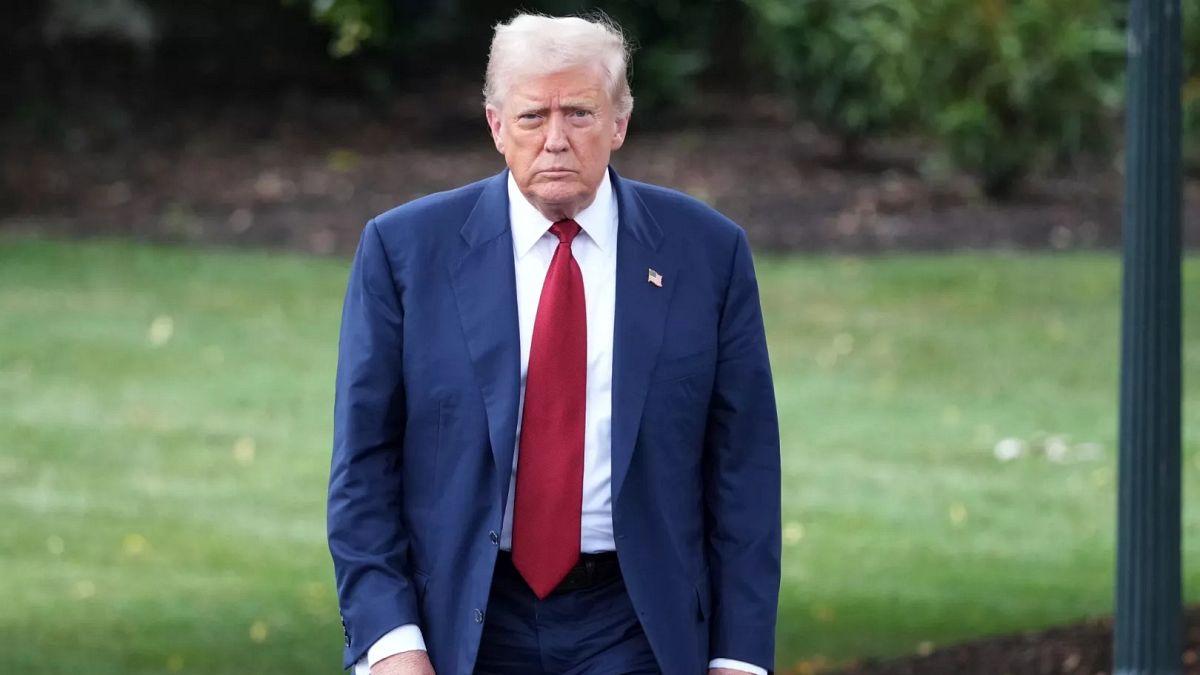

In recent times, the global economic landscape has been shifting, influenced by a series of developments in trade policies and employment trends. Economic decisions from top world leaders are having widespread effects, resonating across continents and industries. A sequence of significant moves, prominently involving the United States, has caught the attention of international observers, stirring conversations about globalization, trade, and financial stability.
In the United States, President Donald Trump recently made a notable decision by dismissing the chief responsible for jobs data. This action came in the wake of a less-than-encouraging employment report. The latest figures revealed that the U.S. economy added only 73,000 jobs in the prior month, a substantial drop from initial expectations. Moreover, it was noted that job creation estimates for the preceding months of May and June had been overly optimistic, with a downward revision of 258,000 fewer jobs than previously reported. This employment slowdown has raised eyebrows about the health of the U.S. labor market, urging policymakers to assess their strategies in fostering job growth and economic stability.
Meanwhile, the U.S. government’s trade policies continue to be a focal point on the international stage. An executive order announced recently has maintained substantial tariffs on European Union products, holding the car industry in particular focus. While a 15% tariff was agreed upon for various EU goods, the duties on EU cars remain unchanged at 25%. This move emphasizes the ongoing complex negotiations and recalibrations in transatlantic trade relations, as both sides work towards a mutually beneficial trade agreement that supports their respective economic interests.
Continuing in the theme of trade, Canada’s trade talks with the U.S. have reached a pause. Canada’s Trade Minister, Dominic LeBlanc, has temporarily left Washington, D.C., following stalled negotiations regarding tariffs. He remains hopeful about reconnecting with the U.S. administration soon to continue discussions. These talks are crucial for maintaining a balanced and fruitful trade relationship between the neighboring countries, fostering economic prosperity on both sides of the border.
Against the backdrop of shifting U.S. trade policies, the Bank of England is poised to take decisive action. Amid growing concerns over rising unemployment and the potential economic impacts of the U.S. tariffs, the Bank’s Monetary Policy Committee is anticipated to cut interest rates to safeguard the economy from contraction. A projected reduction by a quarter-point would bring the key rate down to 4%, marking the fifth decrease since last August. This adjustment aims to stimulate economic activity, support job creation, and stabilize the financial environment, bringing rates back to levels seen in early 2023.
These developments underscore the interconnected nature of today’s global economy, where decisions made by one nation can reverberate across borders, influencing economic conditions elsewhere. While each of these moves has its own immediate implications, they collectively highlight the delicate balance that policymakers must navigate to sustain economic growth and stability in an increasingly interconnected world. As these changes unfold, they serve as a reminder of the importance of collaborative dialogue and strategic foresight in addressing the economic challenges of the day. In this era of transformation, calm and thoughtful navigation remains crucial in fostering a stable and prosperous global economy.
Source: {link}
